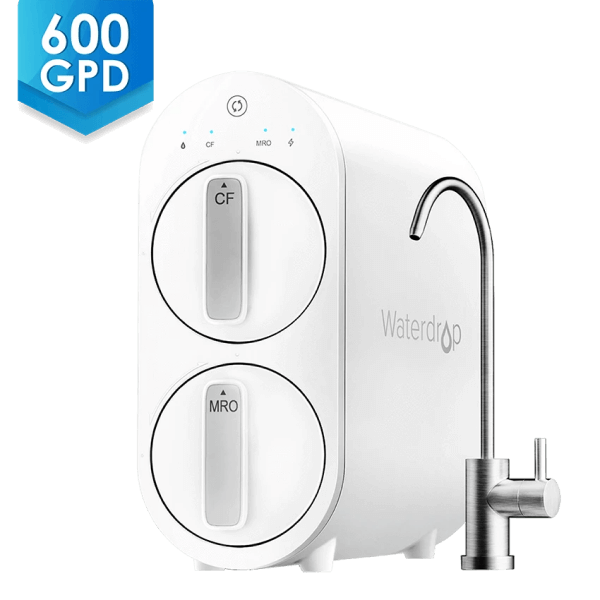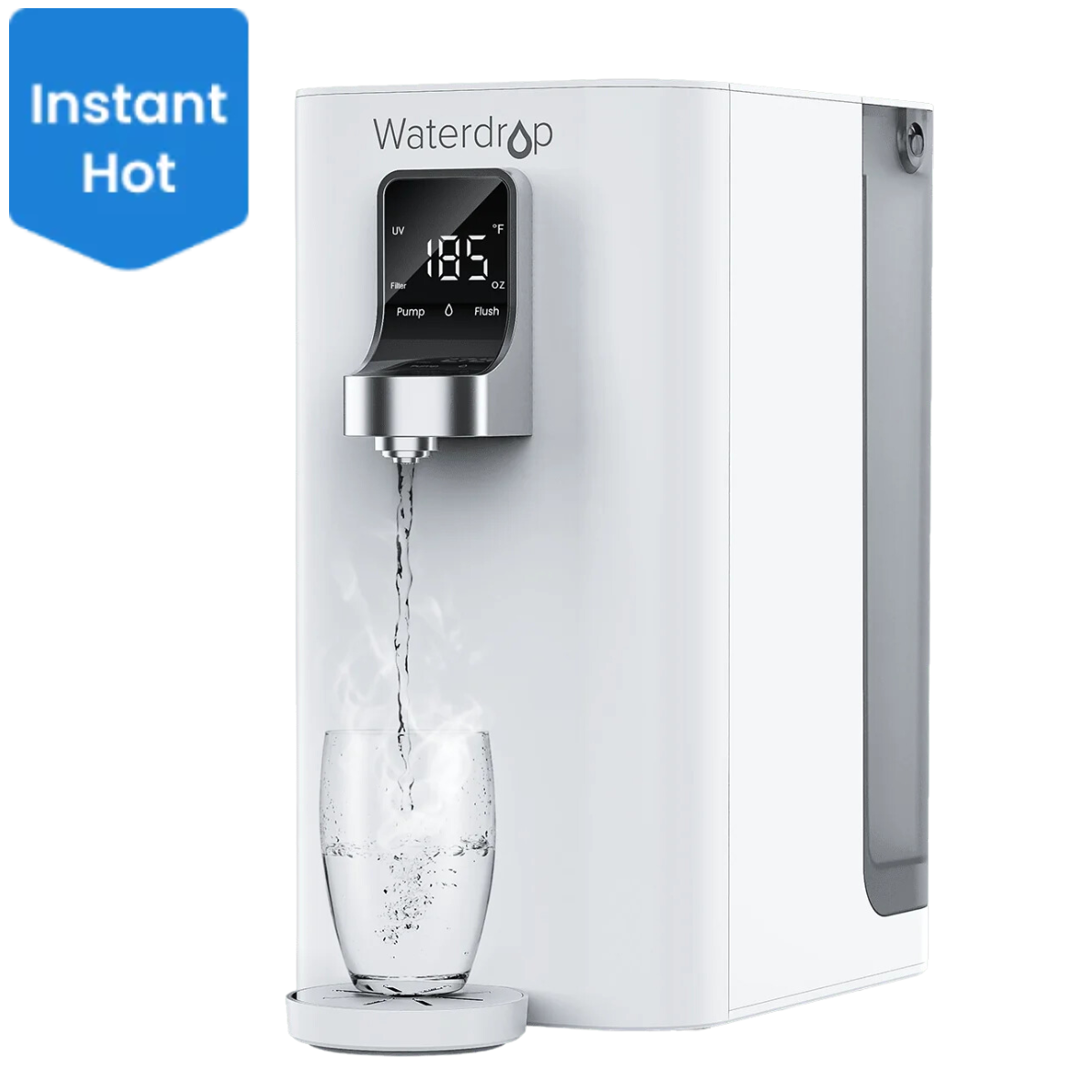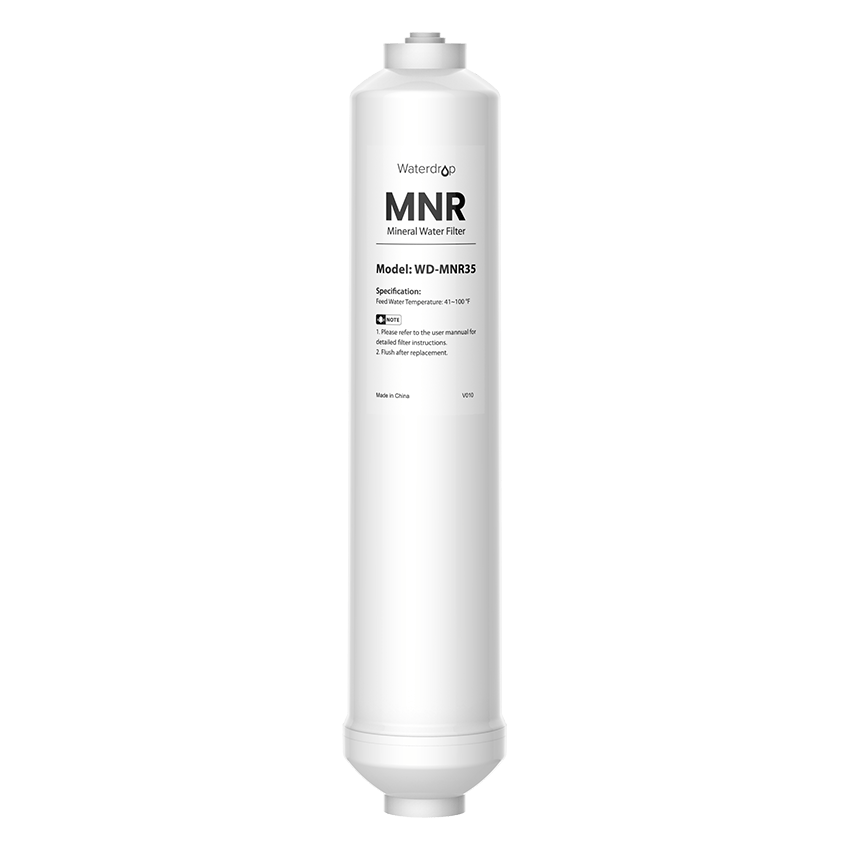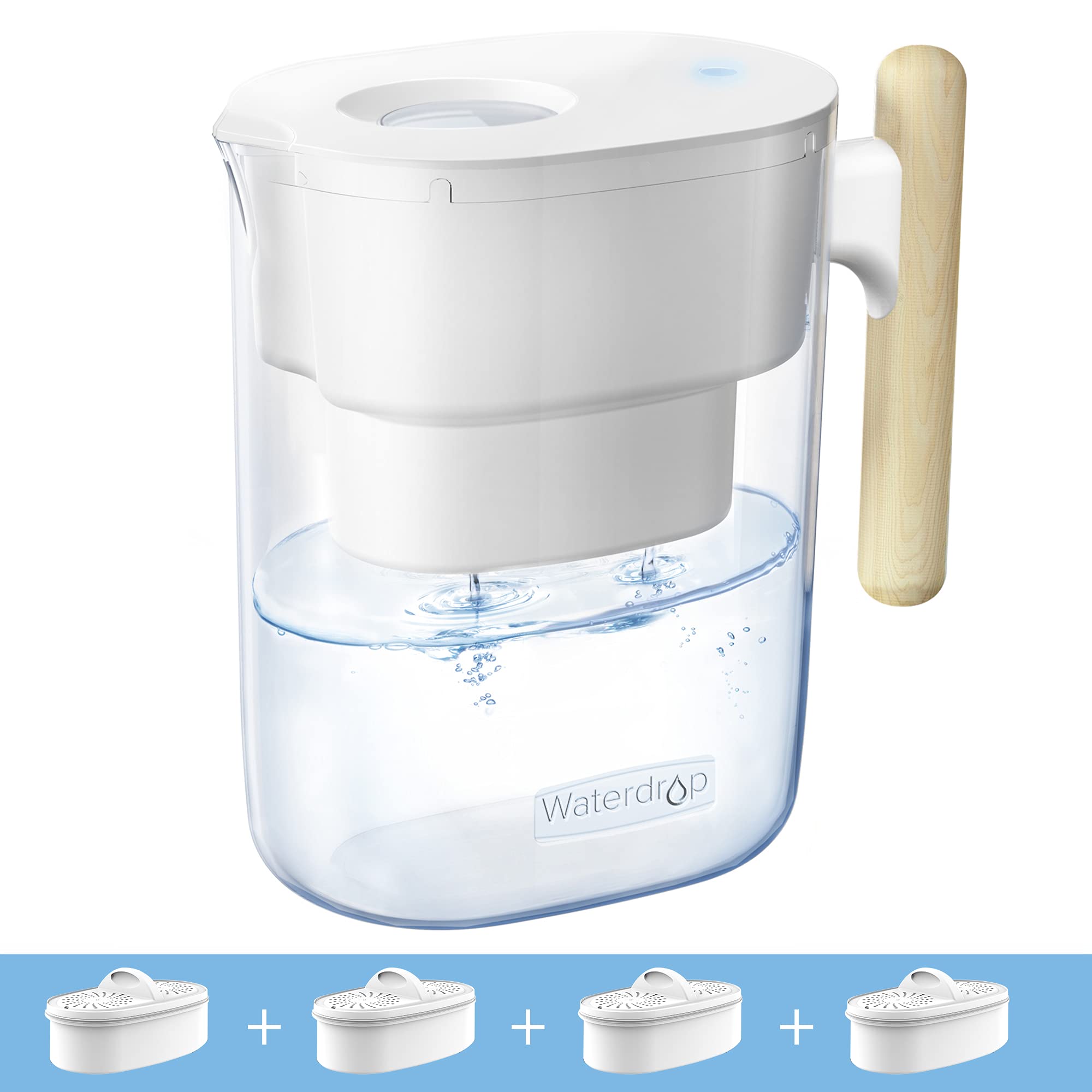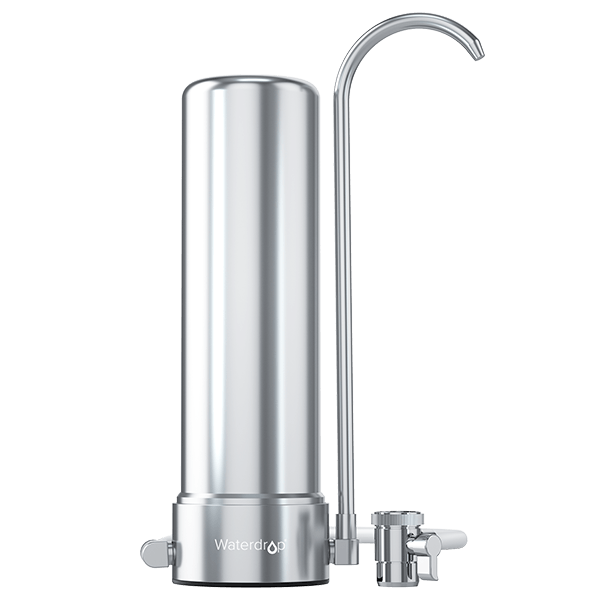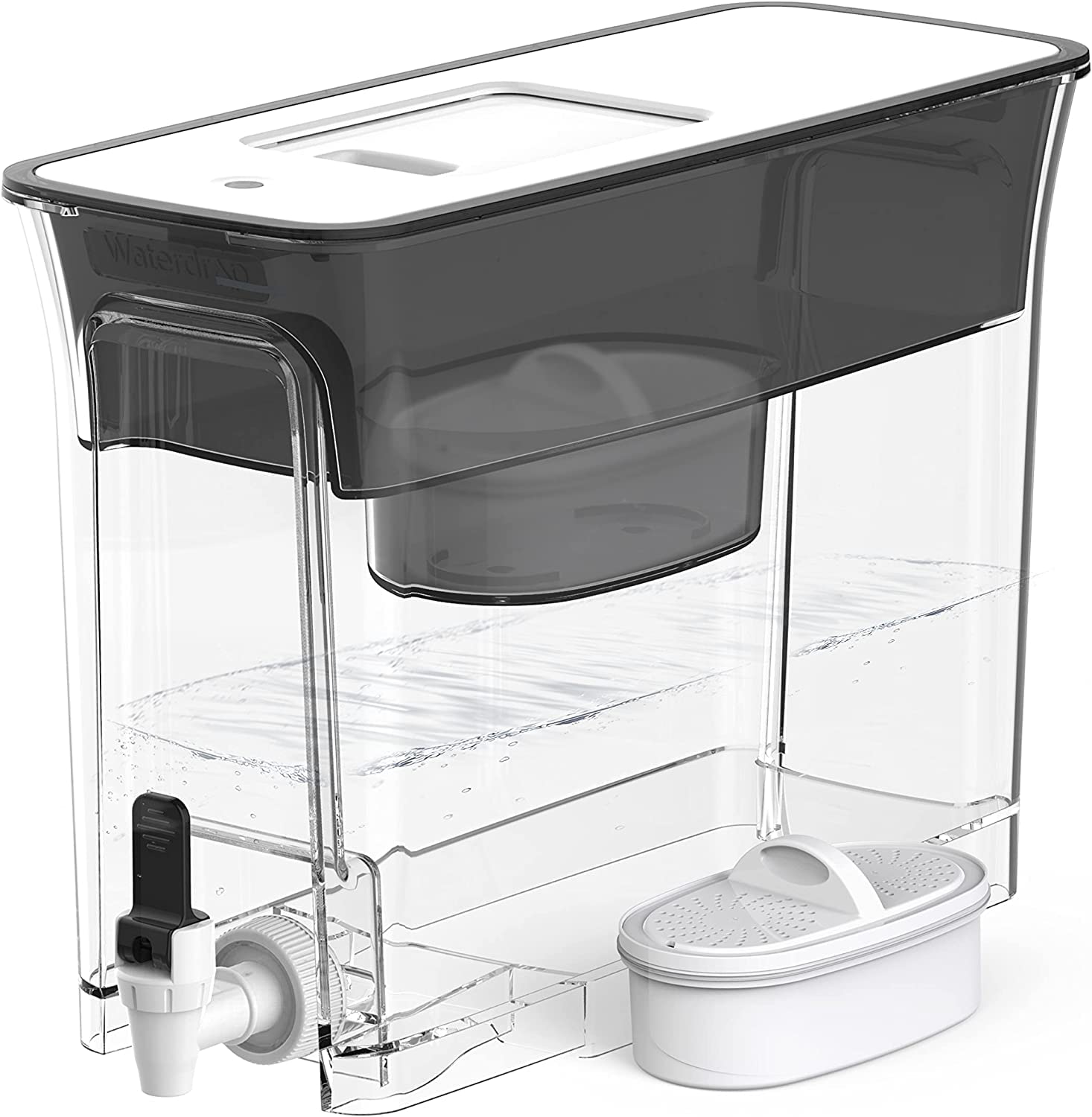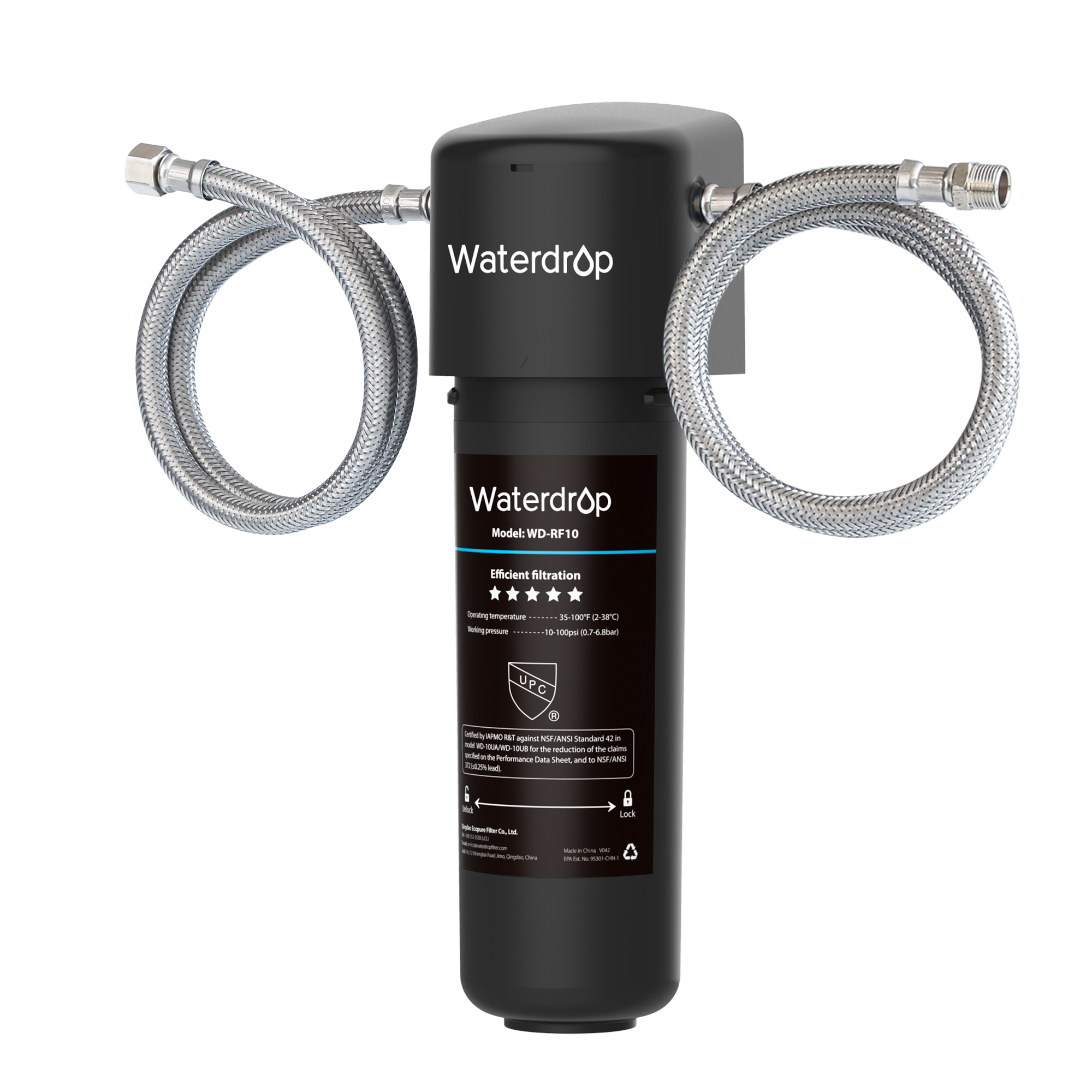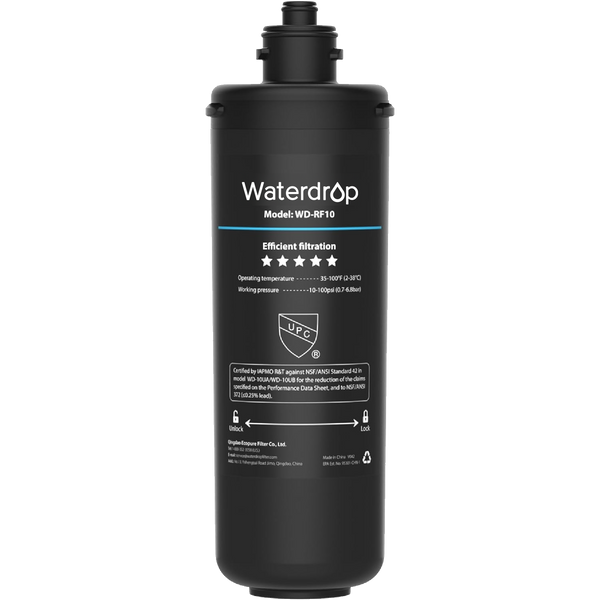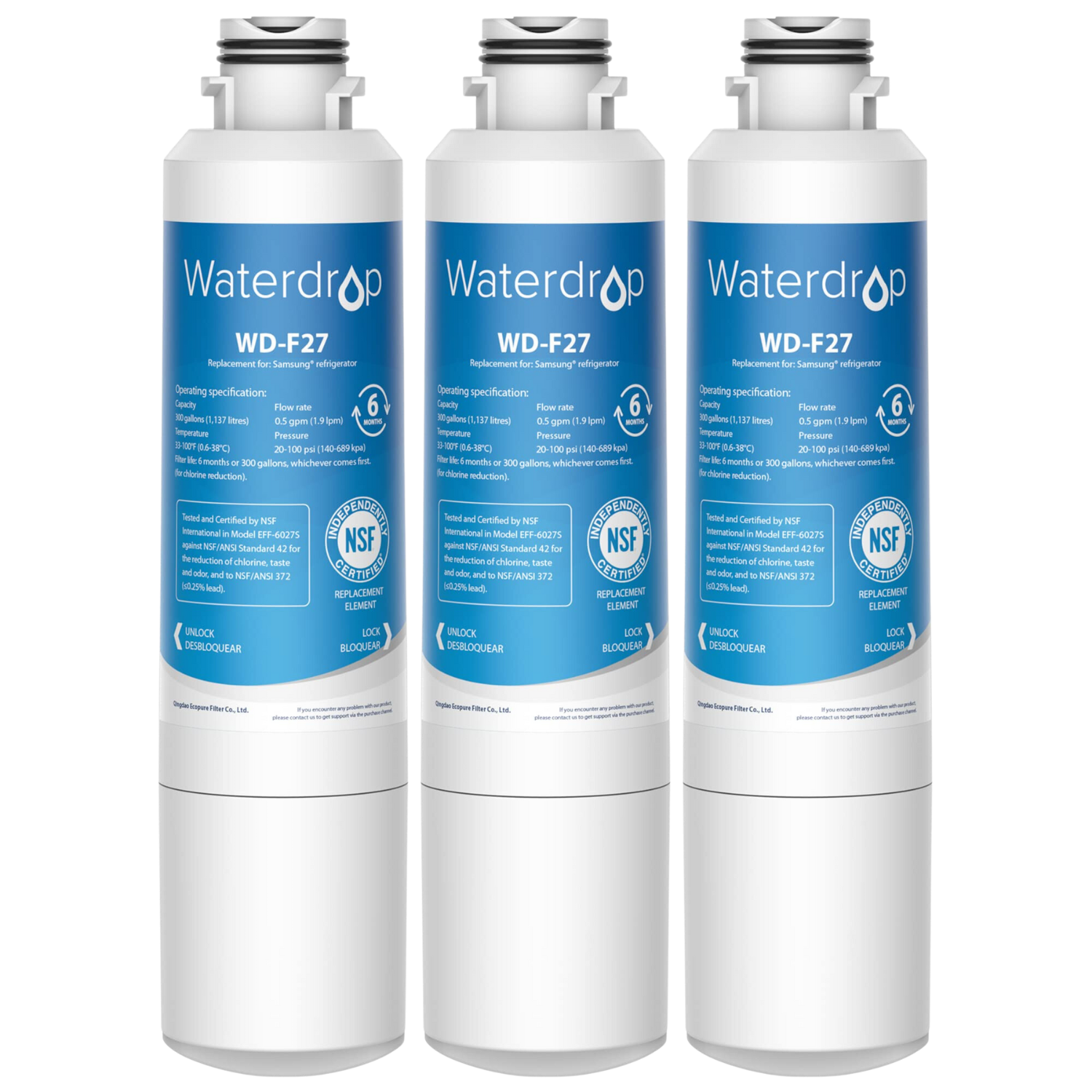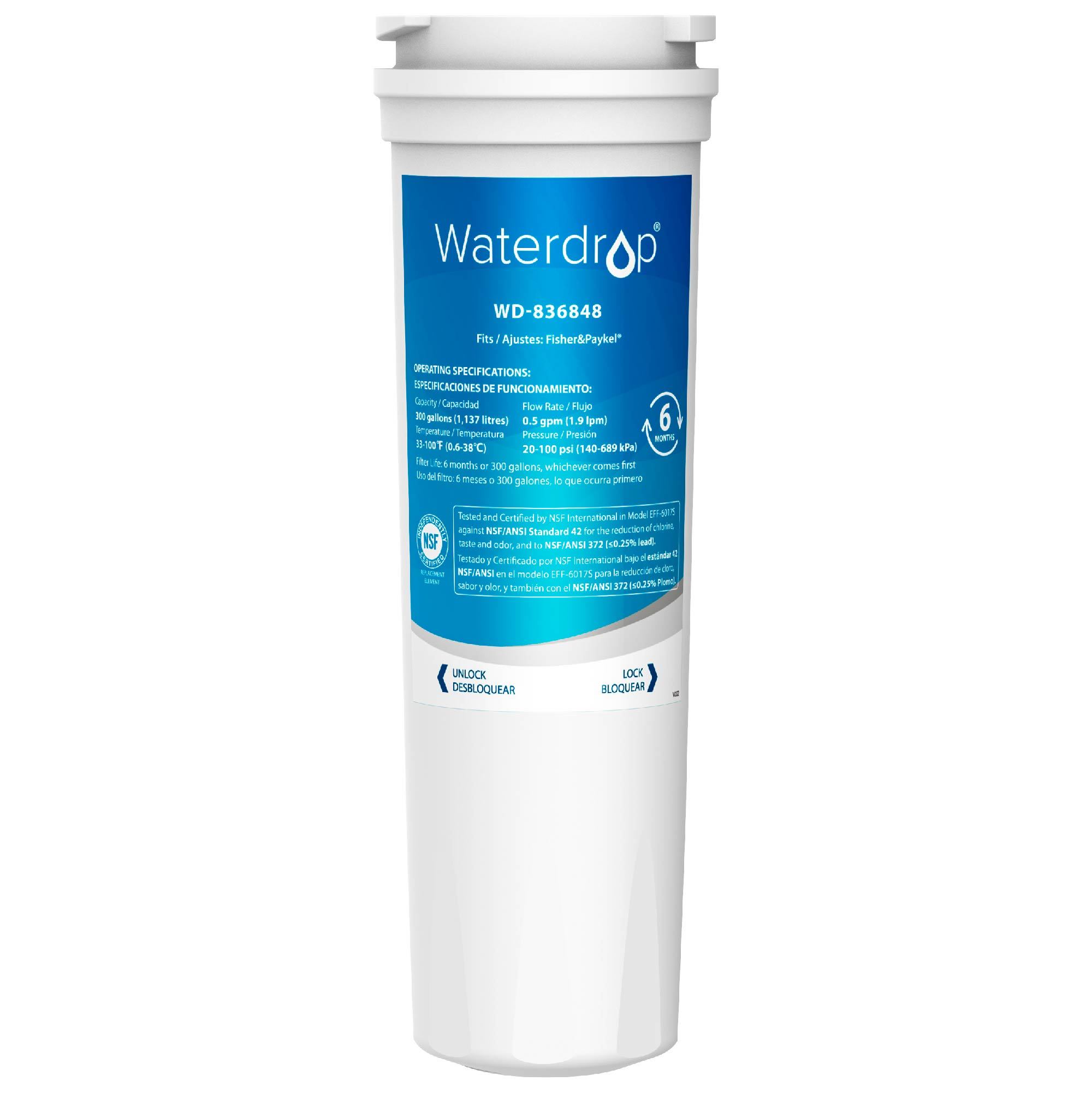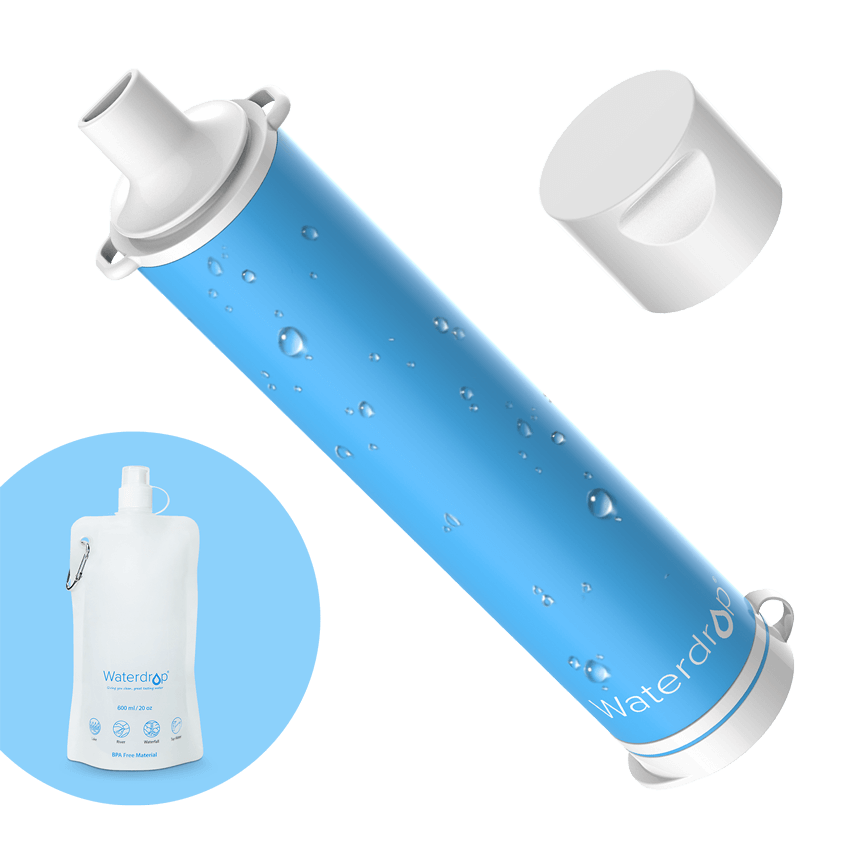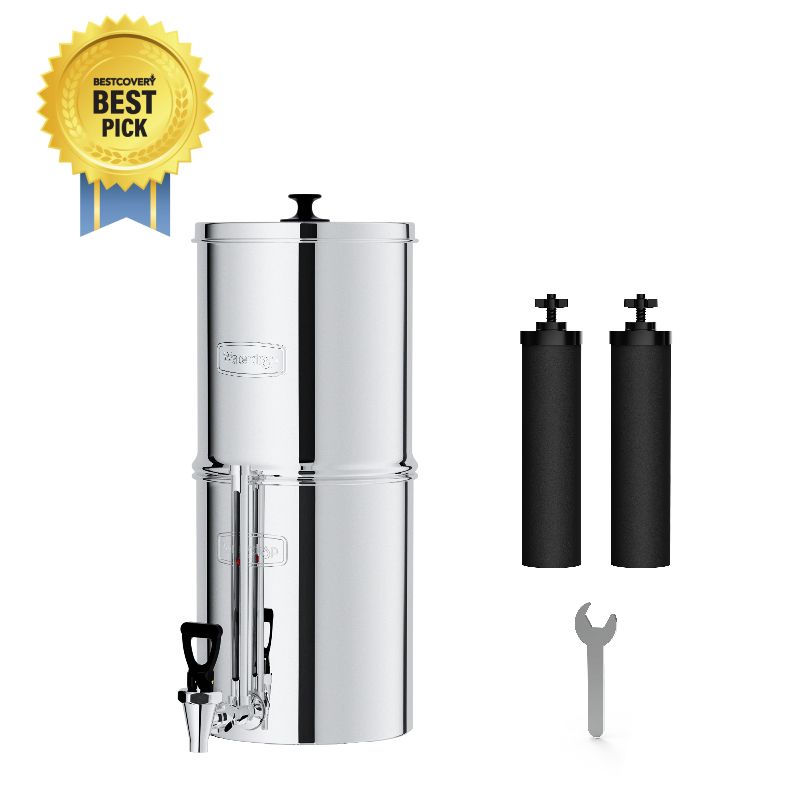How Global Warming Is A Threat to Water Resources
by Dr. Jonathan Doyle - Updated August 19, 2021
Although half the year has gone by in 2021, it is still unbelievable for most people. The events around the world are so surreal, and it looks like the doomsday movie is happening in the real world. From the volcanic eruptions in the Philippines to influenza B in the United States and blizzards in Canada, it all looked like the earth unleashed its hell mode. Other situations like rare storms in Brazil, fire disasters in Australia, and coronavirus worldwide were also happening concurrently.
Initially, the disasters didn't attract much attention. It all started as a wildfire, then a drought, and the extinction of a species. Although most people were concerned about the disappearance of a city, the events around the world wasn't a major concern till it was relevant to everyone.
How Extensive Is Climate Change
Studies on climate change suggest that the effects of global warming may make the weather much worse than we expect. Nevertheless, some people think global warming is just a cliché and won't impact daily life. For decades, global warming has been a point of discussion. The environment's temperature has become higher and hotter in recent times, and this is more of an intuitive feeling for most. Regardless, the absence of winter after the gunfire can’t be ignored.
Global Warming Effect
Global warming causes a gradual increase in the environment's temperature, causing the melting of glaciers and permafrost. Early this year, the temperature of Antarctica was more than 20 degrees Celsius, causing a wave of extreme heat in Antarctica for about a week. The white snow is turning into a severe situation; a piece of blood-red.
Penguins and polar bears are the primary animals that live in the north and south poles. The most devastating effect of melting the Antarctic glaciers affects these animals. Penguins gradually lose their homes when glaciers melt into the sea due to a rapid rise in Antarctic temperatures. Compared to the 1970s, the population of penguins has reduced by about 75%. Although penguins don't understand why glacier ice keeps disappearing, they can't do anything but pay for human actions.
Venice Flooding
At the northern end of the Adriatic Sea is the Laguna di Venezia. This lagoon hosts Italy's famous water capital. In summer, the city's famous St. Mark square was submerged by a rare flood on a Sunday. In November 2019, the acqua Alta floods had devastating effects that resulted in hundreds of millions of euros of damage. On August 9, the St. Mark's square in Venice was submerged by a rare summer flood in almost one meter of water overnight.
The impact of the floods on August 9 was not so overwhelming. Couples, tourists, and children were all happily dancing, chatting, and having so much fun.
Reports showed that the rare summer floods in Venice resulted from climate change, rise in sea level, ground subsidence, and other factors. Although there was a setup flood control equipment that blocks more than 130 centimeters of destructive flooding, it wasn't activated at the time of the flooding.
The Effects of Climate Change on Water Shortages
High global temperatures can cause rainfall extremities – long dry spells, dangerous floods, and in some cases, severe water shortages. According to the World Health Organization, by 2025, half of the world's population will live in areas with water shortages.
According to a hydrologist, rainfall is in between being a nuisance or a beautiful thing because you can't drink it immediately. A water shortage is a slow disaster with accumulating effects that can linger for years before rainfall rates become normal. As a result, there is a short memory of the last drought.
Apart from the threat to human health that scarcity of clean water causes, there are other extreme consequences. Rivers and streams have an increased concentration of pollutants when their flow diminishes. Also, in some places, overstrained aquifers can get contaminated easily. In addition, animals may seek drinking water in places where people live when there is a water shortage. Thus, increasing the chances of humans contracting disease-carrying parasites from animals. Drought can also increase the risk of wildfires and dust storms, causing lungs and airways irritation.
Furthermore, water shortages reduce people's access to water for sanitation and handwashing, thus, increasing the spread of respiratory and gastrointestinal diseases. Water shortages also affect food safety. Usually, when the soil dries out, it becomes compacted. Therefore, rain runoff contaminates crops instead of getting soaked into the ground.
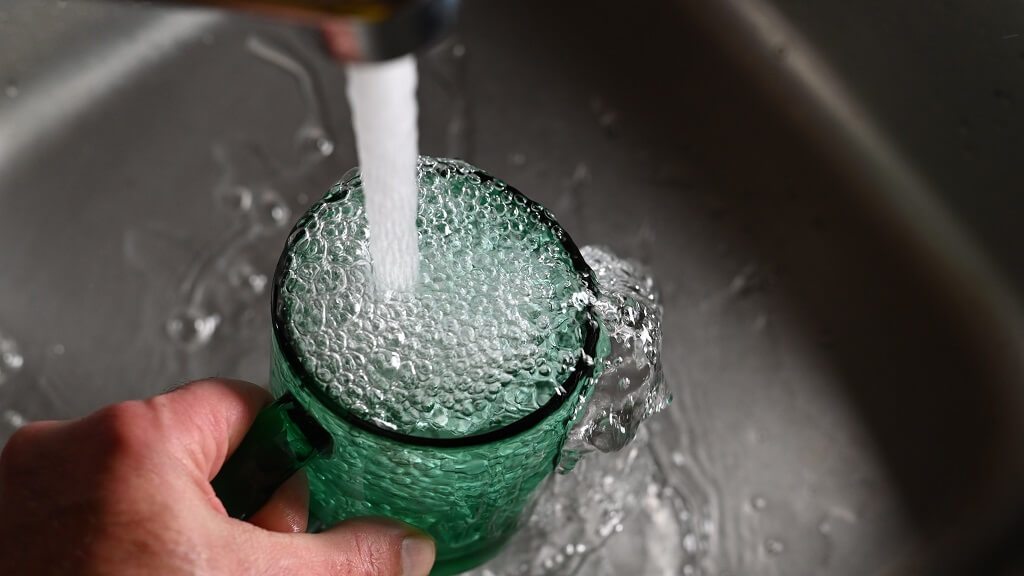
How to Access Clean Water During Flooding?
Bottled Water
It is best to have a stash of safe water. A reserve of one gallon per person per day for a minimum of three days is necessary. Store-bought bottled water is sealed and drinkable – as long as it is not expired. It is best always to keep track of the expiry day and rotate your stash of water.
However, there was a test on 47 bottles of water in recent times, including 35 non-carbonated drinks and 12 carbonated drinks. The result of the trial identified high levels of toxic PFAS chemicals in some popular brands. Therefore, bottled water heavily impacts the environment, and the water may not be 100% safe.
Membrane Filtration and Reverse Osmosis
Generally, membrane systems force water through microscopic pores. Particles can either pass through the pores or get filtered, depending on the size of the pores. Usually, the pores in an ultrafiltration system only remove pathogens but do not remove chemicals. On the other hand, Reverse Osmosis (RO) systems have a thin film membrane - 0.0001 micron pore size. This system increases drinking water purity and effectively removes pollutants including microbes, chemicals, heavy metals, and radionuclides. Although the RO system is not perfect, it sets a high standard in water filtration.
To Wrap Things Up
Global warming is a major cause of concern. Its devastating effects include floods and water shortages. Although having a stash of bottled water can be a life saver during floods, water bottles are not safe for the environment. Alternatively, a reverse osmosis system is suitable for filtering water and making it safe for drinking.


